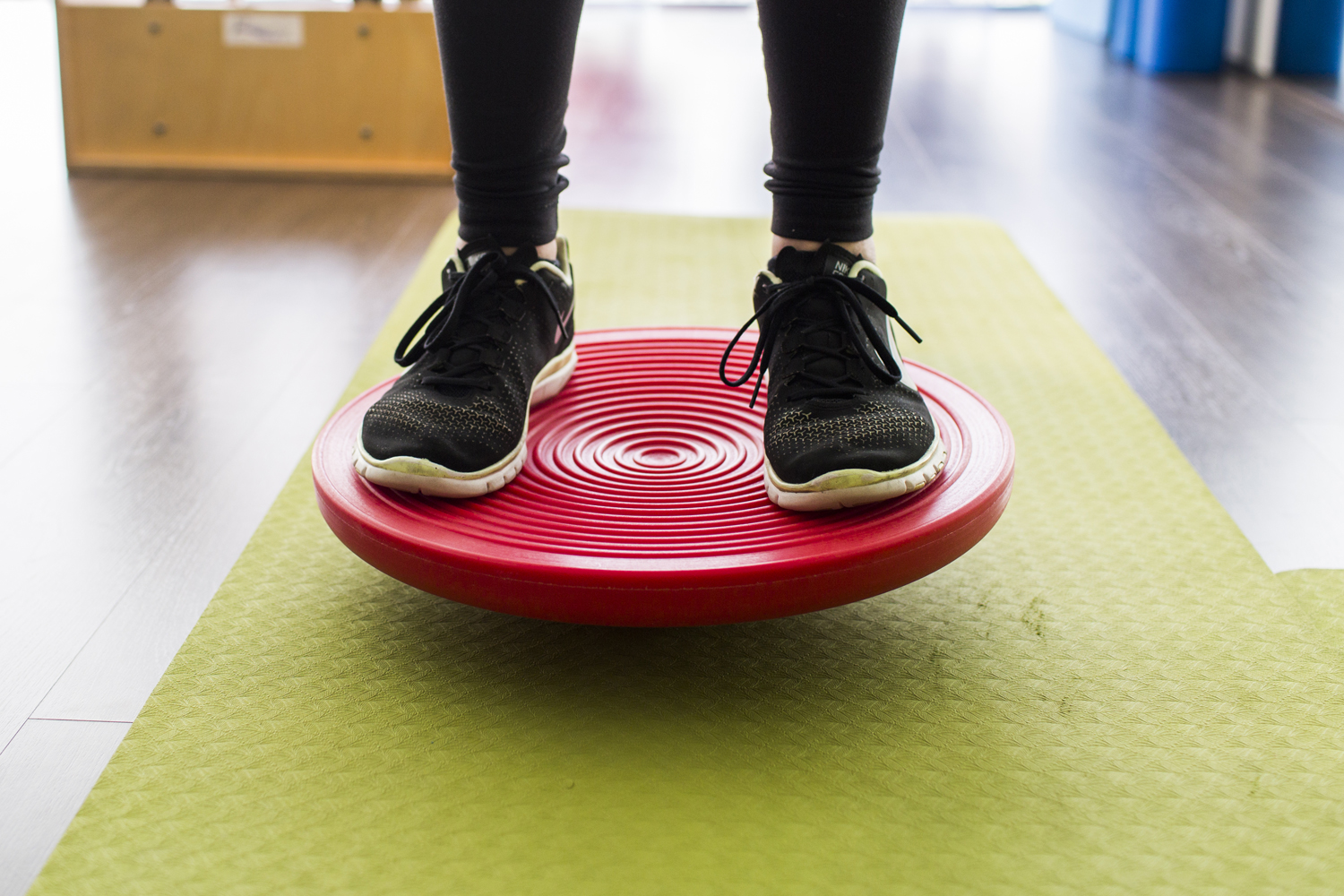Understanding Ankle Sprains: Recovery, Physiotherapy, and the Importance of Early Loading
Ankle sprains are among the most common injuries, particularly in athletes and active individuals. They occur when the ligaments that support the ankle stretch, strain or tear, often resulting in pain, swelling, and limited mobility. However, with the right approach, recovery can be efficient and effective.
Recovery Process
The first step in recovering from an ankle sprain is to manage pain and swelling. The POLICE method—Protect, Optimal Loading, Ice, Compression, Elevation—is a cornerstone of initial treatment.
- Protect the area from any further damage i.e. wearing a brace, CAM boot or crutches.
- Optimal Loading, gradual, controlled movements and weight bearing as tolerated. This helps stimulate tissue repair and retains strength and mobility
- Ice, 15-20 mins every 1-2 hours within the first 48 hrs, this helps reduce the swelling
- Compression, such as a tubi grip bandage or another type of gentle compression to manage swelling.
- Elevation, above hip height throughout the day to reduce fluid retention at the ankle.
Physiotherapy Management
Once the initial swelling subsides, physiotherapy plays a crucial role in recovery. Physio’s will assess the injury and create an individualised rehabilitation program. This typically includes:
– Manual Therapy: Techniques to enhance mobility and alleviate pain.
– Balance Training: Exercises to improve proprioception and prevent future injuries.
– Strengthening Exercises: Gradual loading of the ankle muscles to regain strength.
The Importance of Early Loading
Recent studies emphasize the importance of early loading in recovery. Instead of completely staying off the ankle, introducing controlled weight-bearing activities shortly after the injury can promote healing and restore function faster. This approach helps stimulate tissue repair and enhances joint stability.
Examples of Exercises
1. Range of Motion: Gently drawing the Alphabet with your ankle.
2. Strengthening: Progress to resistance band exercises targeting the calf and ankle muscles. I.e. toe pointing against a theraband. Can then progress to standing heel raises.
3. Balance: Semi tandem stance or tandem stance balance to improve stability. Can then progress to SL balance eyes open then eyes closed. Make sure you have something close by to hold onto (a chair), just in case!
Ankle sprains can be frustrating, but with proper management, including physiotherapy and early loading, most individuals can return to their normal activities in a matter of weeks. If you have sprained your ankle recently or would like to prevent it from happening, book in to see one of our Physios at Physio On Miller.

